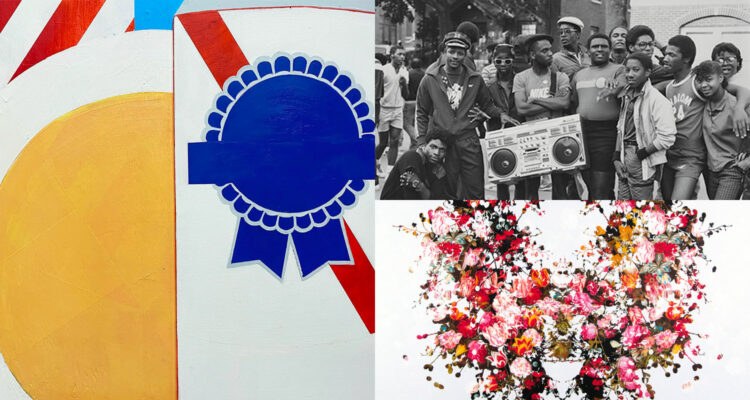We’re in the valley of it now, Milwaukee. Below zero temps, Dry January, being held accountable for our ambitious resolutions. Whatever is keeping you indoors this month is probably valid, but I do think skipping January’s Gallery Night & Day on the 19th and 20th is a bad idea for regulars and first-time inquisitors alike.
Winter is low-key an amazing time to gallery-hop. The crowds are smaller, the street parking is plentiful, and the artists are likely just as deprived of human interactions as you and I, and attend their openings with a socially relaxed and generous demeanor. Besides, the next chance we’ll get isn’t until April.
Not only does Gallery Night elevate our city’s reputation as an arts-friendly place to live, and is therefore worth supporting at least once a quarter, it also exposes us attendees to the new perspectives and visual vocabularies happening right now, today, in our midst. But if you’re still reading this, I suspect you already know that. Get out for a couple of hours this weekend. Maybe even consider the following exhibitions must-sees in their respective neighborhoods. You won’t regret leaving the house.
Walker’s Point: Grove Gallery (832 S. 5th St.)
See: David Jones’ “Shadow Play”
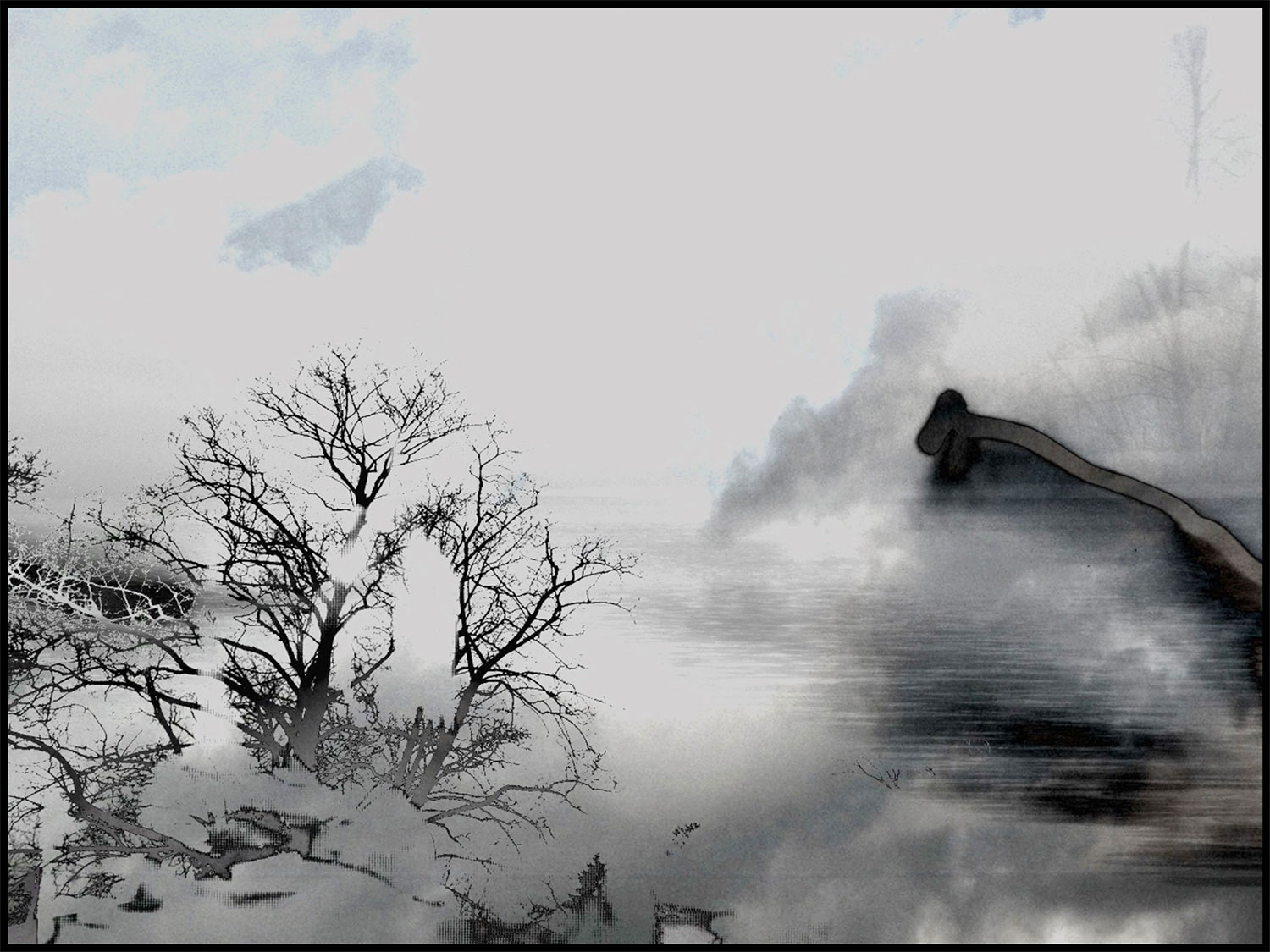
David Jones, “Somewhere In My Dreams”
In an era where it has become necessary to keep an ever-active AI radar attuned to visual media, the word “generated” has become a souring term. A “generated image” is the new shorthand for “soulless prompt-vomit from our infant mechanoid overlords.” But David Jones’ generated images are, first and foremost, the product of his original hand and eye, wherein the generation enters during the final composition process, not at the creative impetus.
Jones feeds his photographs into a program that layers and manipulates the images to a small degree, feeding an endless stream of new compilations to a screen that Jones studies to make his selections. When the program generates an image that resonates with the artist, he saves it, alters the visual elements as needed, and selects from a list of printing processes for the final display. I’m told he is a printmaker, and the process he uses to construct the dreamlike photographs at Grove Gallery certainly retains a printing philosophy. They are eerie, somber, some downright Carpenter-esque, stills of liminal landscapes with shadow figures who seem to have stumbled into the composition without direction. Which is technically accurate, considering the process Jones employs.
The gallery space itself is a fitting venue: a narrow, creaky room that retains a historical charm. In fact, the Lamers Block building, where the gallery is situated, is Milwaukee’s newest historic property, having received the designation in spring of last year. Knowing this adds a little additional layer to “Shadow Play,” wherein the images explore the blurry spaces between the past and the present, between advanced technology and handcrafted care.
Third Ward: Aquae Nguvu Gallery and Studio (207 E. Buffalo St. #130)
See: Karina Polasky’s “Hushålls”
View this post on Instagram
A woman brushes a dragon’s teeth. A bird with a human face regards a broken egg in the cage. A sapling derives nourishment from the blood of a beheaded satyr. These are just three of the finely inked drawings in Karina Polasky’s series of narratives that stem from Swedish, Germanic, and Gaelic folktales. Fitting that such detailed drawings be on handmade paper, the edges of which retain an essence that bares the fibers and matter caught inside the pulp.
The images are decontextualized from their folk origins, inviting the audience to fill in the narrative blanks individually or by connecting groupings together into coherent arcs. Grim are the outcomes for these fabled characters. Although drawn in a storybook style that exaggerates and spoofs human and animal features, a handful of the images seem explicitly designed to serve as gruesome nightmare fodder for little boys and girls who must heed their elders’ lessons in morality, communicated as they often are through troubling bedtime tales. Such stories must have served this purpose, at least to a small extent.
“Hushålls” prods the viewer to find the balance between familiar and otherworldly in the images. January is a good month to slip a little bit between the two realms. Just a little.
East Side: James May Gallery (2201 N. Farwell Ave.)
See: J. Myszka Lewis in “Passionate Realities”
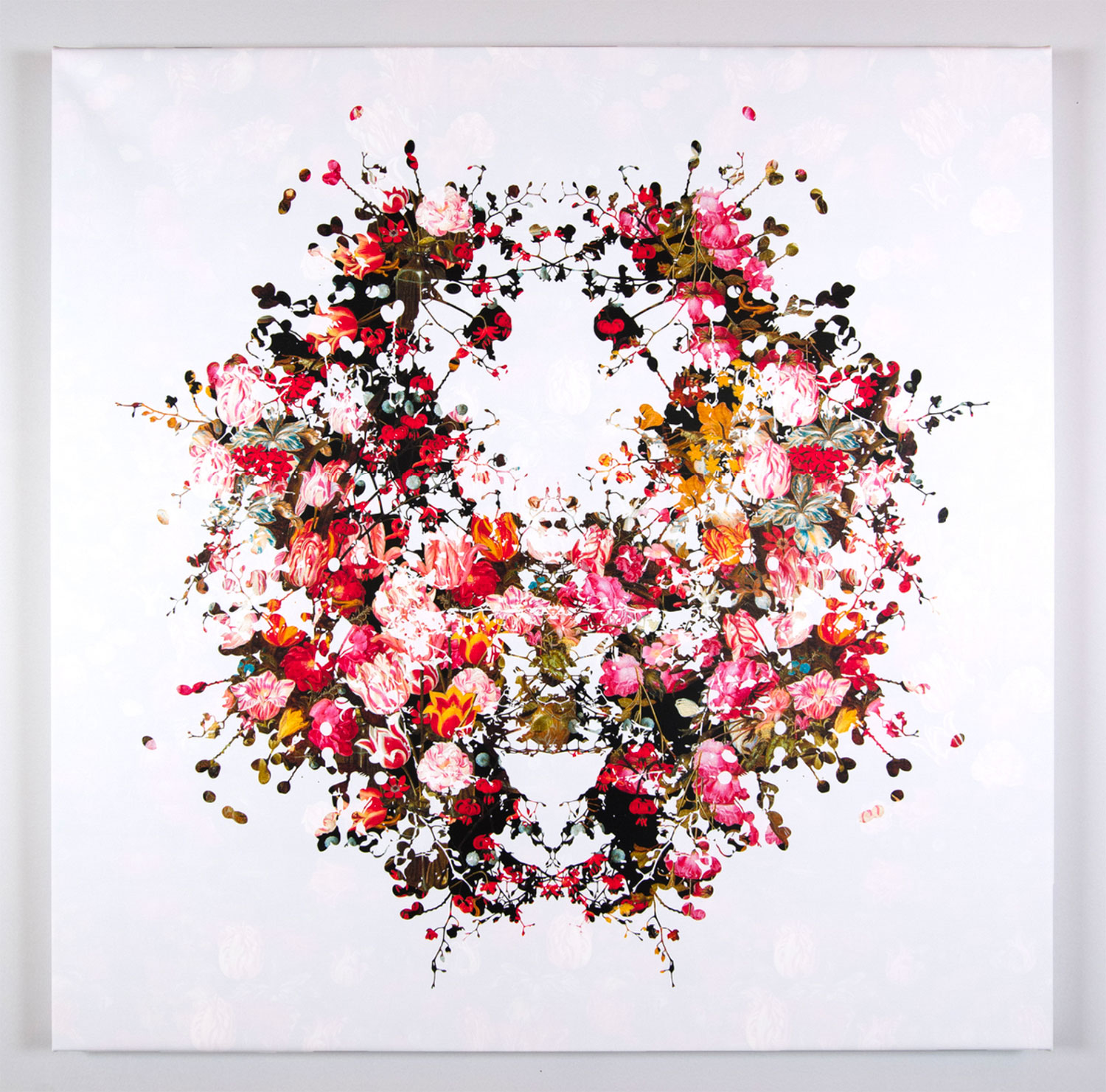
J. Myszka Lewis, “A Bouquet For Then And Now 5,” 2023
I recommend adding James May to your Gallery Night must-see list with the caveat that you need to be well-prepared to park on Farwell in the snow. Do not let this deter you from the exhibition, which contains some of my favorite images I encountered on my pre-opening tour for this article.
J. Myszka Lewis’ printed bouquets are stimulating, clean, and colorful. From her smaller works in “Botanical Screen Series” to her six large “A Bouquet For Then And Now” pieces, this show displays a balance of continuity and craft that makes one keen to revisit a favorite wallpaper. I mean that earnestly, since creating a pattern is its own challenge and floral patterns suffer from both overexposure and a not-unfair association with outmoded fashion.
Lewis’ pieces, however, seem ordered only out of an impulse to organize the chaos building beyond the pattern. The shapes and structures of each image represent a procedure superimposed upon a dark and swirling garden quagmire, skillfully printed and deceptively minimalistic. They’d fit right into a collection in the library at Saltburn, which the gallery attendants discussed in stealthy voices during my visit.
West Side: Haggerty Museum of Art (1234 W. Tory Hill St.)
See: Bill Tennessen’s “Dynamic Range”
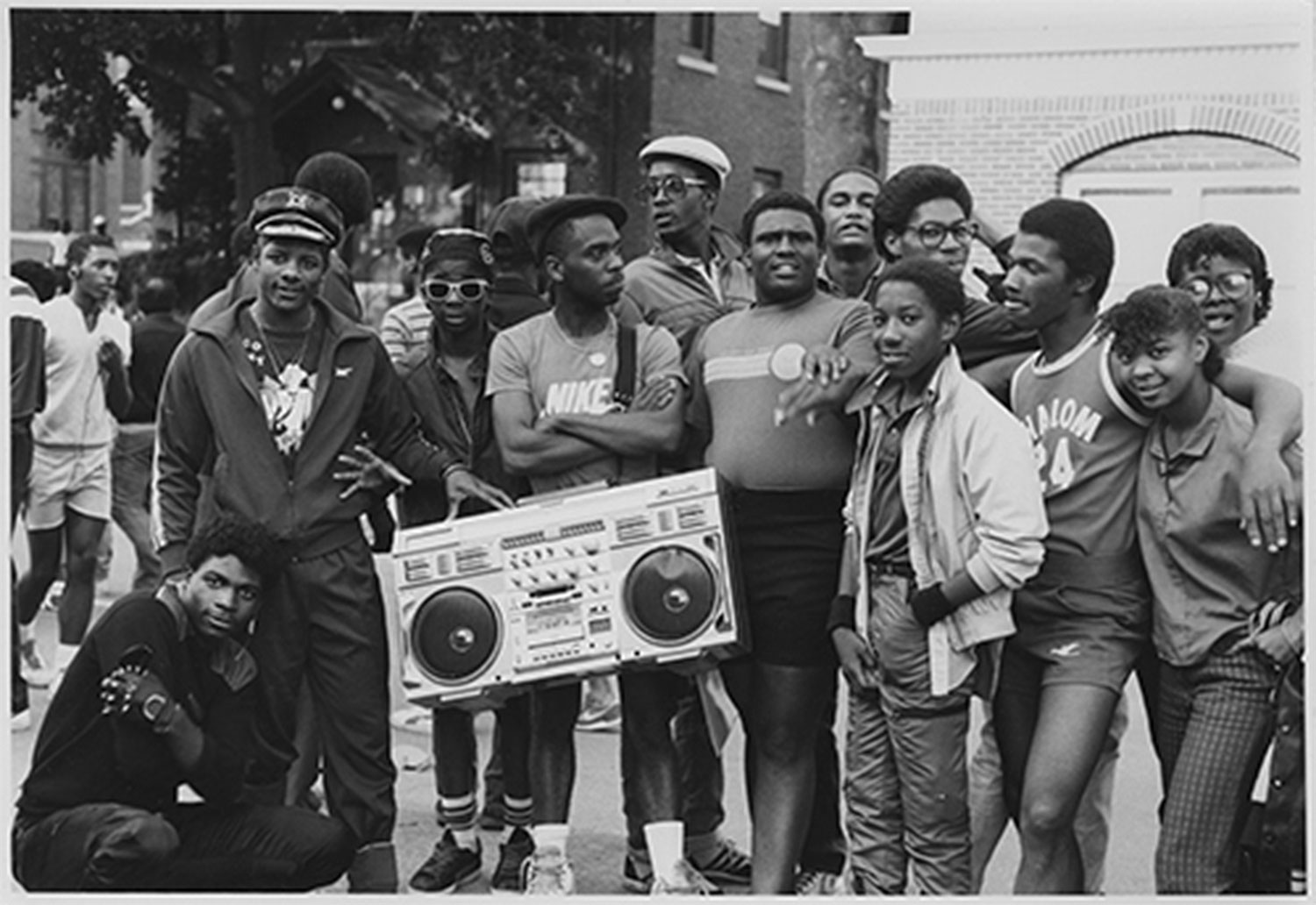
Bill Tennessen, “Juneteenth Day Celebration,” 1985
I practically begged my way into this exhibition because I arrived 15 minutes before the museum closed, and the Bill Tennessen show was not yet ready for viewers. The kindest, quietest young person at the desk allowed me to venture upstairs, cautioning me to make my way around the “Exhibition Closed” signs and reams of vinyl on the floor lying ready for installation. I buzzed into the room scribbling furiously in my notebook, but halfway to the balcony that overlooks the Haggerty’s Dutch and Flemish collection, I found myself holding still, attentive to a number of the black and white photographs that tell the story of Milwaukee in the ’70s, ’80s, and ’90s.
This show has a little of everything: politics, culture, basketball, golf. And the overall tone seems joyous, celebratory of our city’s wins and progress across the decades following the Civil Rights movement. There are some familiar sights, like Ammar Nsoroma’s Patchwork Mural in Bronzeville, Tiger Woods mid-swing during the 1996 PGA Tour at Brown Deer Park Golf Course, as well as some unique encounters, like a rider from the Wisconsin Black Cowboys and Buffalo Soldiers Association during a 1991 Juneteenth celebration. It’s a captivating exhibition for lifelong Milwaukee residents and fosters reflection into our historically diverse past and the possibilities for creating an equitable future.
Still, Milwaukee consistently ranks among the worst cities for Black Americans based on health, employment, income, and other quality of life factors. I am happy to see this exhibition as documenting a living pride that has always existed in the city, and at the same time I encourage the Gallery Night & Day attendees to reflect on why these images matter. If Tennessen and his camera had not been present to capture such moments in history, both the significant and unremarkable, how would we remember?
Bonus! Bay View: Scout Gallery (2625 S. Greeley St. #110)
See: “New Frontiers” with Brian Hibbard, Sara Willadsen, and Ross Severson
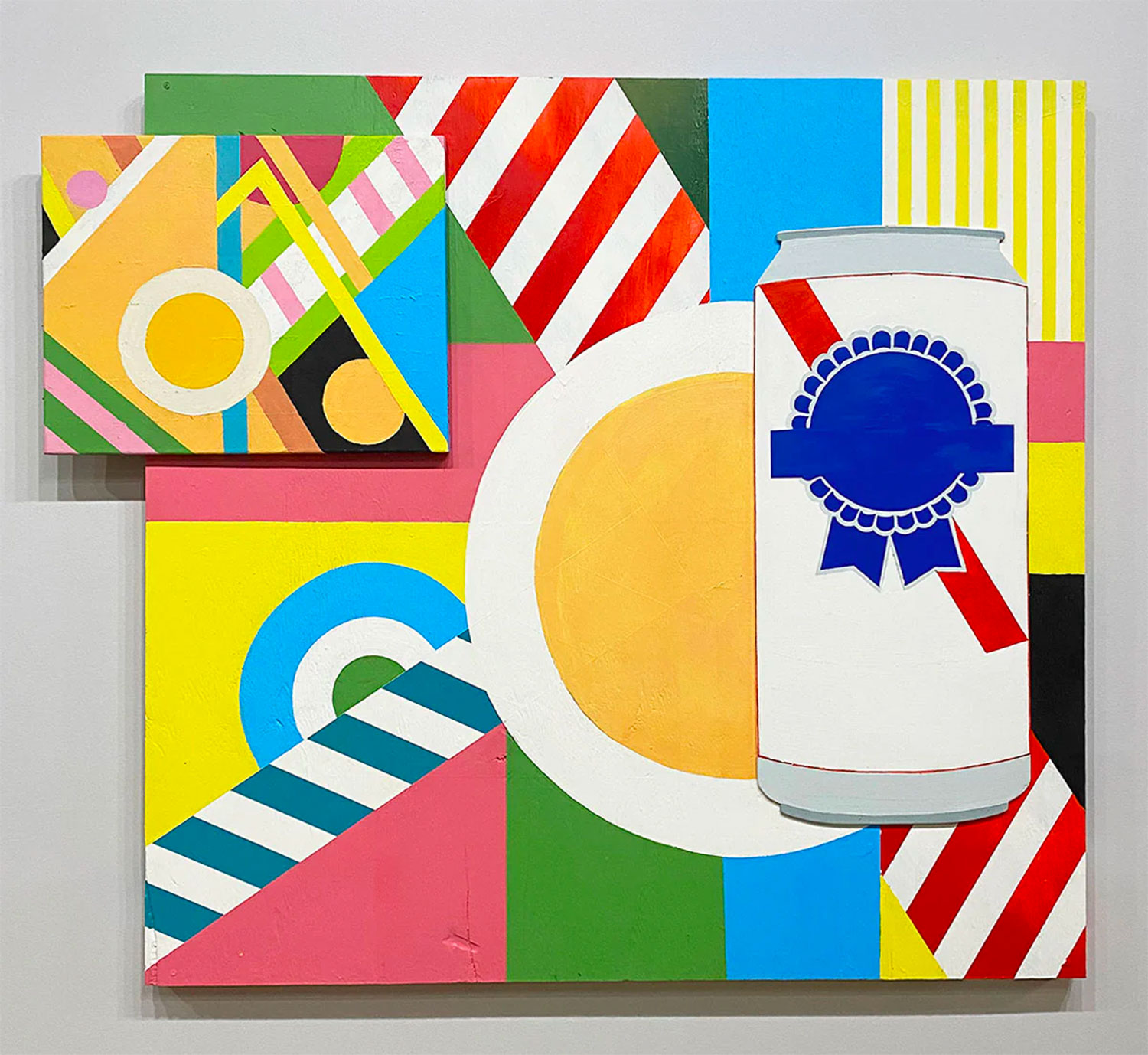
Brian Hibbard, “PBR ME ASAP”
End your Gallery Night or Day at the three-artist exhibit at Scout (although I suggest you attend at night, when chances are greater that you’ll be invited to join the artists for ciders and conversation at the Hide House) from 6-8 p.m. Scout is not on the official Gallery Night & Day itinerary, but since their opening for “New Frontiers” happened to fall on the same night as last Friday’s city-wide schedule-clearing blizzard, this weekend is your next and best chance to see what I consider a highlight in this month’s art round-up.
While the work selected for the show clearly relies on similar visual sensibilities, the artists are linked also by their varied use of recycled materials. For Willadsen, found materials are recast as unconventional canvases, many of which lend a sense of depth and perspective to her urban structure subject matter, warping and stretching boundaries to achieve spatial illusions. Severson, on the other hand, chooses to display his mixed media record sleeve compositions on more traditional media, with simplified frames that complement his gestural arrangements. This only gives them more pop, more play in a two-dimensional space. Hibbard’s approach is a little more fluid. See chic acrylic lines in eye-catching hues on a shabby found pallet, a gold toy rocket ship balanced on a shelf within a painting, casting shadows that follow the painted element’s logic. I was partial to the work “PBR ME ASAP,” a funfair ode to the cheap beer that underwent an aggressive glow-up 20 years ago (a movement into which I once threw my full participation). It is in the color scheme of a child’s birthday party, and the iconic can on the right fits the tone without question. This is the beer that united the generations—a task that has become increasingly daunting—and to treat its representation with humor and a signature style feels like an appropriate overture to its history. Millennial dads: please hang this piece in your basement cocktail bar so the image can reach its full potential. And then invite me over to see it.
During my visit to Scout, I spoke with Jeff Redmon, who founded the gallery in 2019 with his wife, Dana. The couple works in tandem and from many angles to champion the arts in this unique space. “We take a lower commission than most galleries. We want the artists we show to sell their work, and for that to make a difference,” he told me.
Indeed, the gallery operates as a studio space for nine working artists, some whom you might recognize by their images alone. “New Frontiers” at Scout is one template for artistic success in a small Midwest city: mixed use artist spaces with dedicated stakeholders hosting dynamic group shows. I have seen spaces like Scout flourish with the right resources and engagement, and I have seen them fail when the project is taken for granted, under-attended, or otherwise unsupported by the community. “New Frontiers” is a group show curated with an eye towards a holistic representation of creativity, one that does not obscure the mess of art-making itself, with its found inspirations and gritty make-do attitude. Nor does it hide the realities of running a passion project in an area of the city that will eventually need to adapt to the squeeze. “New Frontiers” is an exhibition that recognizes artists executing taut and sophisticated images while prioritizing their careers beyond opening night. I’m not sure what you, the soon-to-be Gallery Night January attendee, are looking for in art, if it is a piece of yourself or a piece of the city, but I suspect the warmth and enthusiasm found in the overarching vision at “New Frontiers” can provide at least a refuge from the cold.
At this point, I feel like we need a collective reality check: art in this city is amazingly affordable. I’m not sure why Milwaukee doesn’t have more art collectors, or why businesses don’t display a rotating permanent local arts collection on their public walls and swanky offices. Need I remind the arts appreciators here that if you want nice things, you must be prepared to financially support nice things? Otherwise, how do artists know what they offer this city? How do they know to keep working if the art lovers in their midst move about in stingy silence? Only so much can come from the claim “We love local artists” before it’s time to pony up or eat those words and watch as more great talent is swallowed up by the Chicago scene, the New York scene, etc.
I’m not sure if you’ve lived anywhere else recently, but our city is crazy affordable and crazy talented. I know many artists would prefer to stay here making work than move to places where they will disappear into saturated scenes. Keeping our city creative requires ongoing support. Lucky for all of us, that support can come in the accessible form of showing up for Gallery Night in the dead of winter, when the crowds recede and the scene can feel dark and barren to artists who landed an exhibit at one of these noteworthy spaces. Showing up to the first of only four Gallery Nights in 2024 might set the tone for the year. It might even make this city into a real arts destination someday. I remain, despite the steadily dropping mercury, ever optimistic.
Want more Milwaukee Record? Subscribe to our free weekly newsletter and/or support us on Patreon.
RELATED ARTICLES
• Help Scout renovate its gallery space by buying art, drinks

